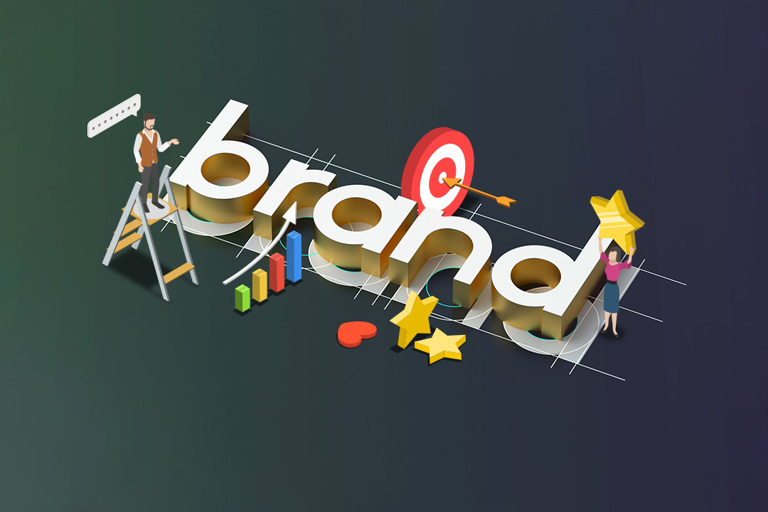Deinfluencing puts brand transparency into the spotlight
We’re in an era of challenging the status quo. Those in authority have come under scrutiny and there’s cynicism that even the most purpose-led brands are actually making a positive impact.
As consumers demand more transparency, we’ve seen an explosion in the trend of ‘deinfluencing’, as social media responds to perceived ambiguity and intentional miscommunication from brands and influencers alike.
‘Deinfluencing’, whereby social media influencers use their platforms to discourage their followers from supporting or buying certain brands.
Whilst disagreement abounds on how different a ‘deinfluencer’ really is from an ‘influencer’, there’s one thing the trend has achieved: putting brands in the spotlight for greater responsibility from brands and creators to be more transparent about their content and relationships.
The evolution of influencers
As social media increasingly became a place for brand and product discovery, so too did the opportunity for influencers to offer recommendations and expert advice. In 2023, the influencer industry is booming, with an estimated worth of £21 billion.
And whilst the trend of ‘deinfluencing’ appears to have taken off overnight, it’s possible to see its roots in the cost-of-living crisis, growing ‘eco-anxiety’ and pandemic, where the likes of fast-fashion, ‘greenwashing’ and brand promotion of social causes have come increasingly under the microscope.
Yet it’s important to remember that deinfluencers don’t have a single mission or motivation and are connected only by their choice to negatively impact a brand through their content.
Some deinfluencers want to speak out about a brand’s perceived unethical practices, such as James Charles, a beauty influencer who uses his platform to call out brands for unsustainable practices. Others choose to call out brands and products that they consider to be of poor quality, such as those who took aim at TikTok beauty influencer Mikayla Nogueira, who was recently criticised for wearing fake eyelashes in a video showcasing a mascara she was paid to promote.
But despite this disparateness, our growing awareness of the impact that our choices have on the world around us and ongoing social and economic volatility means that deinfluencing is a trend that is likely to continue.
What brands can do now
The rise of the deinfluencer puts brands under more pressure to think carefully and strategically when considering influencer partnerships. With greater scrutiny over influencer partnerships, and a higher chance of brands being publicly called out, it’s likely we will see a change in stance from both influencers and brands.
I think there will be a greater onus on brands and creators to be transparent about their content and relationships, and for influencer strategies to be focused on longer-term relationships that are more likely to be trusted by followers.
At Dog, we’ve worked as the conduit and strategic partner behind many brand and influencer relationships. We think the same principles that led to a successful partnership still hold true but are even more vital in the current climate.
Relevance is more important than ever, there needs to be a close relationship between the brand, influencer and target audience. In terms of brand objectives, we need to analyse if each influencer we suggest is related to what the brand is offering and whose content is relevant to the target audiences we are using to ultimately reach their goals.
Build long-term partnerships. We create influencer strategies that are based on relevance to audiences and recommend building long-term relationships with brands to portray trust and authenticity.
Look out for red flags. Ensure that the influencer content aligns with your delivery strategy, is on time and there are no issues with agreed pricing. Usually, a contract is best for this.
Influencers can be a powerful tool for brands to reach potential customers, while deinfluencers can be a powerful tool for customers to hold brands accountable. However, it is important to remember that both are people, and people can be unpredictable. It's up to each individual to decide who they want to follow and which brands to support, and it’s down to brands to decide how they want to market their products and services. Ultimately, they are both still consumerist tools which have sparked the much-needed conversation on how we buy and sell.
If you want to learn more about influencer strategy or are interested in working with influencers for your business, get in touch today.
Written by: Scott King
Sources:
https://www.distractify.com/p/james-charles-tati-westbrook-drama
Read more of our insights

Email marketing and the SCARF model: An opportunity for 2023
Good newsletters and email content = more opportunities to stay top of mind in a way that’s influential over the long term. Senior Marketing Strategist Helen Davidson explores the brand-building opportunity of email when considered as part of the behavioural science checklist, the SCARF model.
Read more

Mediocrity: The problem with algorithms
Strategist Helen Davidson explores why algorithms, while offering obvious benefits, have led to a tendency towards mediocre content appearing on consumers' feeds.
Read more

Brand Awareness: Defining, Measuring, and implementing it into your marketing strategy
"Brand Awareness" seems quite self-explanatory. Is it only about people hearing about your brand? Our Marketing Manager, Gordon McCaw shares all the knowledge you need to create a successful brand awareness strategy.
Read more
